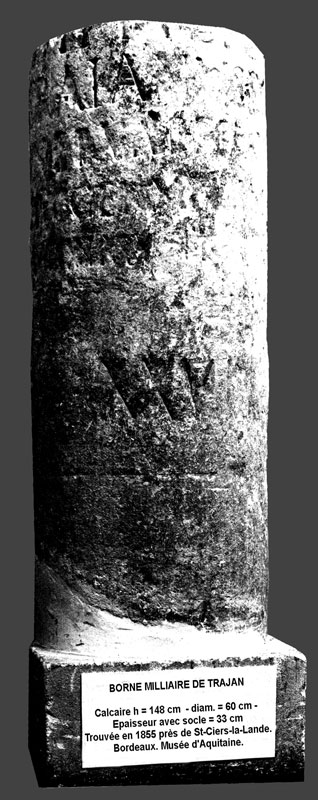| Metric of the ways. The milestones, by their dimensions, their facility of identification and their survival during centuries, always played the role of a centre of attraction, of accretion, whose demonstrations last in the topographic and cartographic modern frame . The existance of metric of a way implies, throughout supposed way, the presence of reference marks characteristic (roads, paths, wayside cross, crossings, limiting administrative, wood etc) occurring with regular, revealing distances of an ancient demarcation. One will move with the length of the way of the transparent rules, graduated on the various scales of the maps and the required units. If it were actually limited and if the good module were found, a certain number of successive coincidences will appear then. As soon as their number exceeds three or four, the probabilities show that the chance cannot play any role any more and that the way presents well the topographic remanence of an ancient demarcation. |
|
